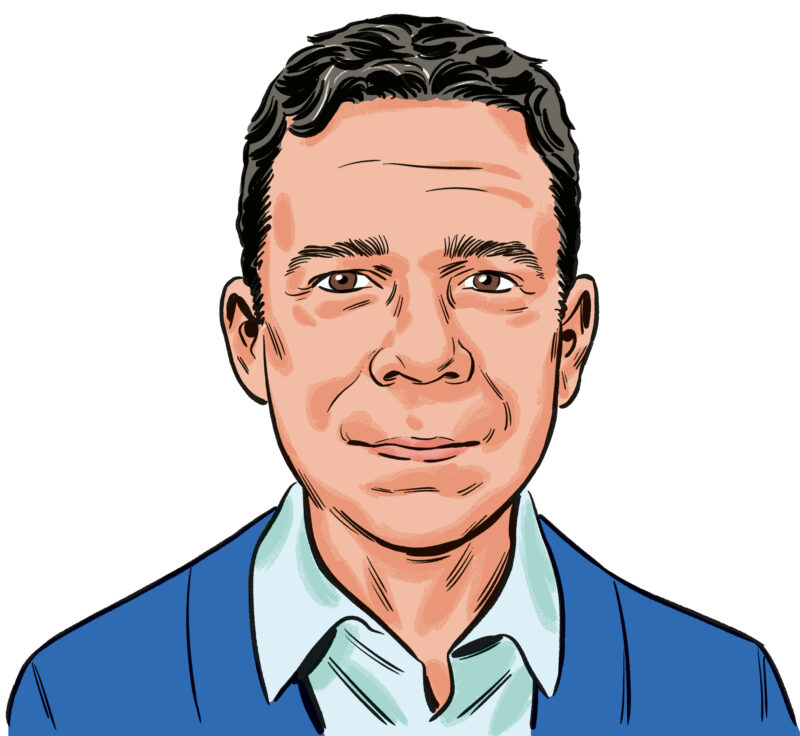Union Park → Park #587, Monday 3/18
The protest and the convention occur in the Near West Side, which doesn’t feel near anything except itself. Union Park is where the protest convenes, and United Center is where the DNC is happening. Both are north of the highway that bisects the neighborhood. There’s a lot here—lots of buildings, lots of life—and, arguably, not as much as there could be, given the space.
A similar dilation is at play in the protest. The march was supposed to start at 2 p.m. and it’s now looking like people will start moving closer to 3 p.m. A number of coalitions organized the march around the same set of messages: that Israel is committing genocide, that the US should stop arming Israel, that regardless of who is on the Democratic ticket, there’s an urgency to stop the indiscriminate killing of Palestinians, and that regardless of the Biden-to-Harris vibes shift, nothing essential has changed.
There are children at the protest too.
There are at least three kids who are clearly super new to the world. There’s Josh, who is a four-month-old. Also: a bunch of toddlers, a bunch of seven-, eight-, and nine-year-olds. There are watermelon onesies and watermelon dresses. One of the moms sits and checks her phone, her sign (“Jew Against Genocide”) leaning against her back, while her baby conks out in the amazing way babies have of napping no matter what. Thirty minutes later, when the march is in full swing, a six-year-old will nap on a red Radio Flyer cart lined with soft insulated lunch bags. A group of girls from the South-West suburbs are here, too, and one dances in and out of a flag that her mom is holding behind her. They’ve got family in Palestine, yes, but also lots of family here in Chicago and in the suburbs.
There’s Lucy, a seven-year-old, who has just moved back to Chicago from Annapolis with her parents. The family has been back for two months. Lucy’s wearing a Sox visor, and her mom is wearing a Blackhawks cap, and her dad answers the questions because Lucy has gotten shy. But yes, she loves Chicago, she loves her new school, the lake is her favorite thing so far.
I see her a little later in the welter of people. She rides her dad’s shoulders and holds her sign high and pumps it up and down with so much enthusiasm it’s pretty much a given that she’ll bonk her dad on the head with it.
The march moves from Union Park and passes Westhaven Park apartments, one of the Chicago Housing Authority’s few mixed-income developments, and arrives at Park #587, which is the closest the march gets to the convention proper—unless you count the spot a couple of feet further, where a few protesters try to make it past the first of many security perimeters.
From that spot, to your left, you can see the Willis Tower. And directly in front of you (if you ignore the rows of police, the other temporary fencing across the street from this bit of fencing about to go down) there’s the bright-blue sign of the Pilgrim Rest Missionary Baptist Church, and also what feels like acres of nothing—parking lots and scrub and, far away, far, far away, the curve of the United Center Arena.
In Kafka’s story “Before the Law,” the protagonist wants access to “the law,” and all he seemingly has to do is make it past this one gatekeeper. The gatekeeper says, Sure, try it, but if you make it past me, there are other gates beyond this particular gate, and other stronger, more fearsome gatekeepers waiting. That’s what this particular space reminded me of: an endless series of gates—fence after fence, empty space after empty space. The organizers had to lobby hard for even that much, and then they had to lobby again for a stage, for amplification. Even so, it’s hard to believe that the chants were audible way over at United Center. The organizers also had to lobby for port-a-potties. They eventually got six, plus one that was accessible, and the line to use them was long, even though the crowd itself was smaller than expected—a few thousand maybe, not the anticipated fifty thousand.
So, the numbers: a couple thousand protesters on a pleasant Monday afternoon, at least some of whom were children, with thirteen adults arrested and a couple fence sections lightly damaged, trying to call attention to another number—forty thousand Palestinians dead, the number rising every day. At least fifteen thousand of the dead are children. You could fill up the United Center with just children and some of their equally dead parents.
That’s why some parents brought their own children yesterday, why people stood and marched and tried to tell the folk across the way that things had not changed, not really. Kafka’s protagonist never makes it past the first gate, but no one else does either. When he asks why, the gatekeeper tells him. This door was meant only for you, he says, and now I’m going to close it.





